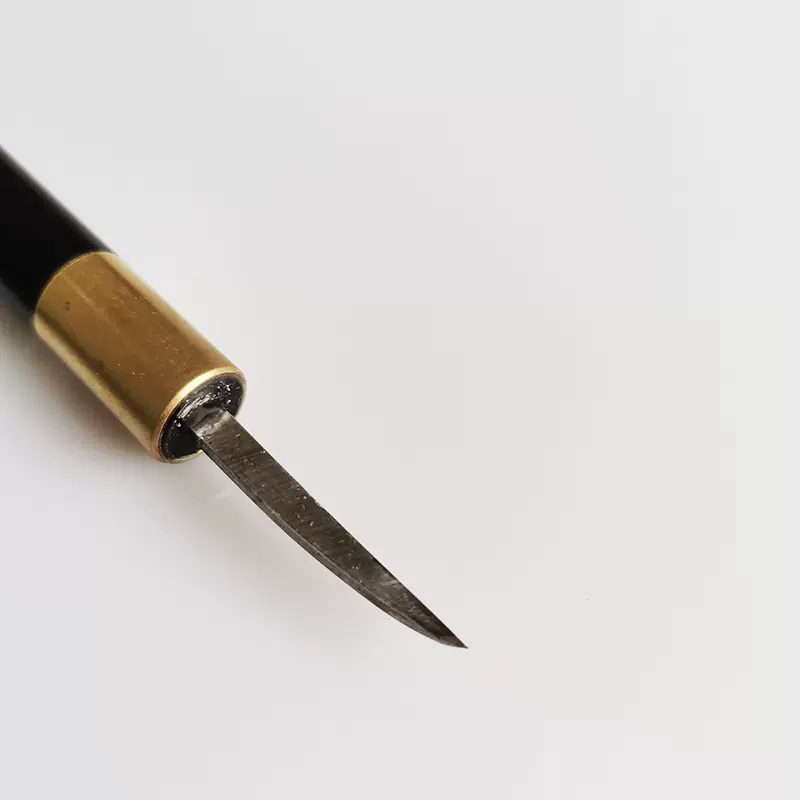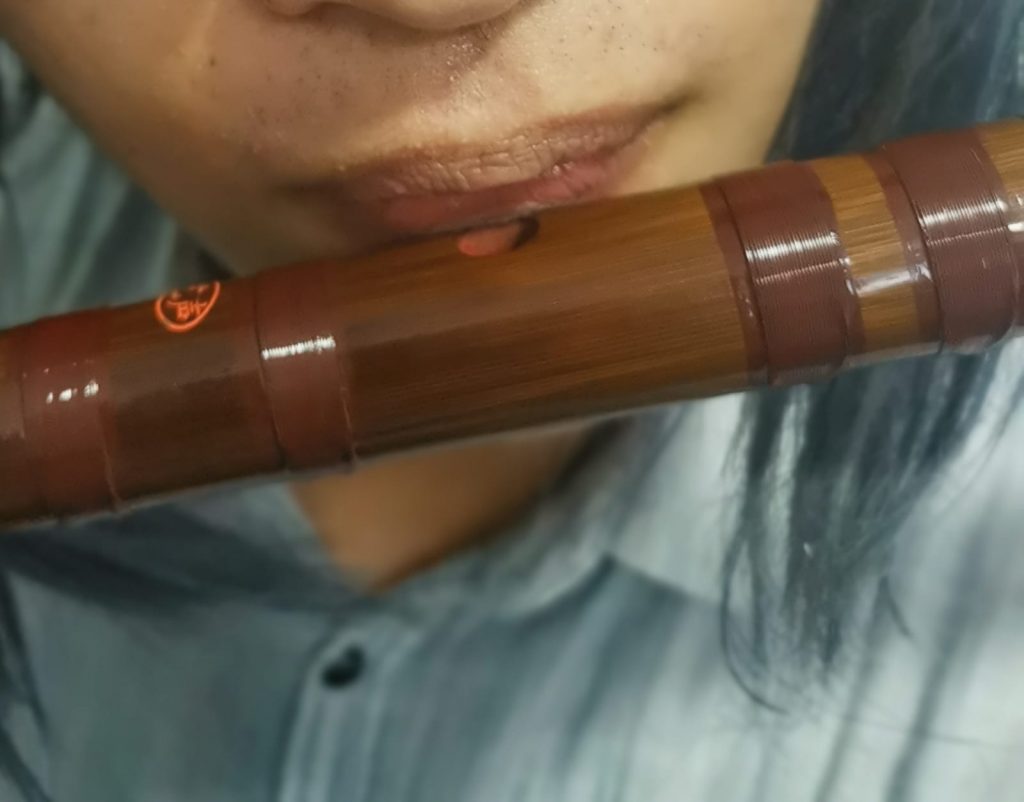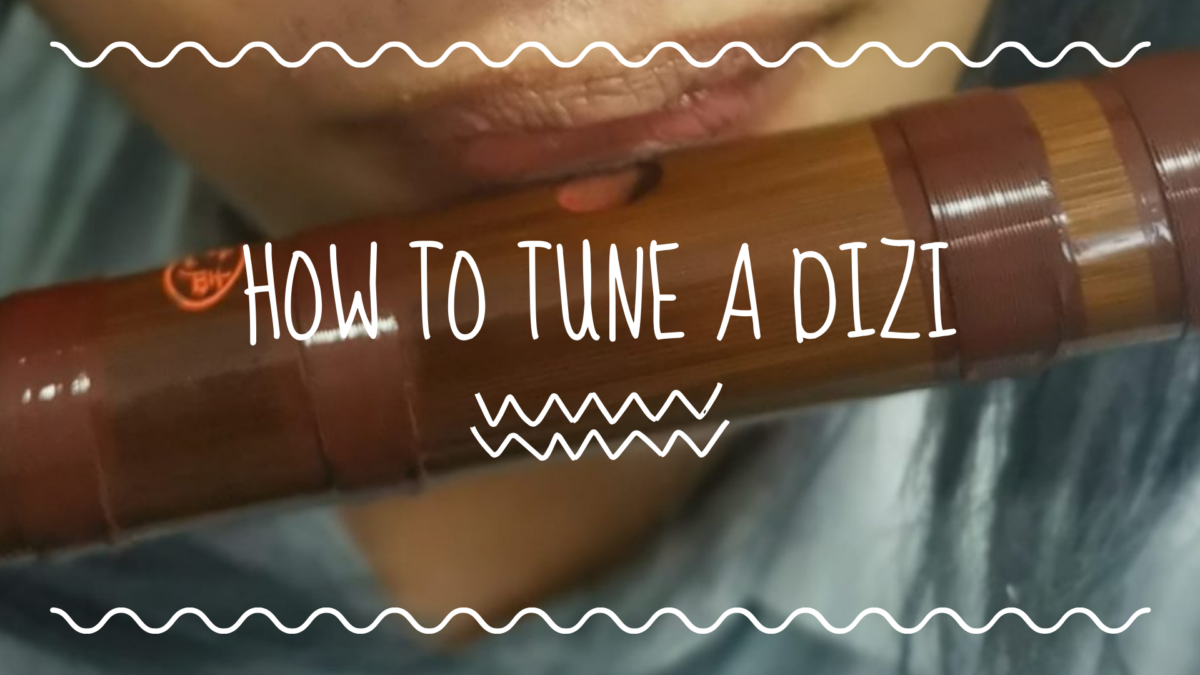
Erhu Buying Guide – Part 1 (Price)
June 1, 2021
Live! Session #17 – Answering your dizi questions and useful dizi tips! New arrival – black sandalwood dizi and Kung Fu Panda!
December 28, 2021What are some ways to tune a dizi?
Tuning a dizi is essential to ensure accurate and pleasing musical performance. Factors such as temperature, humidity, and the condition of the instrument can affect its tuning. While the most common method involves adjusting the copper joint to fine-tune the dizi’s overall pitch, there are other techniques available, depending on the type of dizi being used.

For dizi with a copper joint, you can collapse or extend the joint to adjust the overall pitch. If the dizi sounds flat, collapse the joint, and if it sounds sharp, extend the joint until the desired pitch is achieved. However, some dizis are jointless, which requires alternative tuning methods.
In the case of jointless dizis or when only specific notes are out of tune, adjusting the finger holes can offer a solution. Experts typically use a special knife to modify hole size or create new holes. The precise location and size of the holes depend on the dizi’s dimensions and desired key. It’s important to seek guidance from an expert before attempting this method as it permanently alters the tuning.

During playing, another technique for tuning involves rotating the dizi inwards or outwards. By changing the angle of attack between the player’s breath and the hole on the dizi, the pitch can be adjusted. Turning the dizi inwards produces a lower pitch (flatter note), while turning it outwards raises the pitch (sharper note). Skilled players can utilize this technique to fine-tune individual notes during a performance. It requires practice to master, but once understood, it offers precise control over pitch adjustments.

Additionally, adjusting the airflow can influence the pitch of the dizi. Varying the amount and intensity of air blown into the instrument can result in different pitches. A stronger airflow with more air tends to produce higher (sharper) notes, while a weaker airflow with less air yields lower (flatter) notes. Students often encounter flatness towards the end of a phrase due to diminishing breath support. To mitigate this, one can contract and “lock” the diaphragm to maintain a consistent and strong airflow. However, mastering this technique can be challenging.

To address the issue of pitch stability towards the end of a phrase, a practical solution involves gradually turning the dizi outwards. By doing so, the pitch remains constant despite using less air to achieve a softer sound. This technique is commonly employed to achieve a smooth “fade out” effect. It serves as a simple remedy to a complex problem, ensuring pitch consistency and control.
In conclusion, tuning a dizi involves adjusting the copper joint, modifying finger holes (for jointless dizis), rotating the dizi inwards or outwards, and managing airflow. Each method offers a unique approach to fine-tuning the instrument. Remember to seek expert guidance when modifying the dizi’s structure or exploring advanced techniques. With practice and understanding, you can achieve optimal tuning and enhance your dizi playing experience.
—
Interested in purchasing a dizi? Click here to check out our web store!





1 Comment
Excellent article and helpful advice as I have been making my own dizi and “D” flutes for myself and friends and in fact have found your instructions “by trial and error “ in the past.
Regards
A